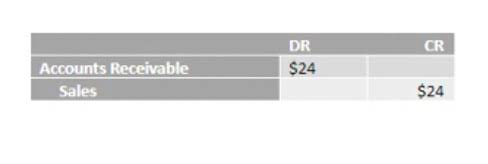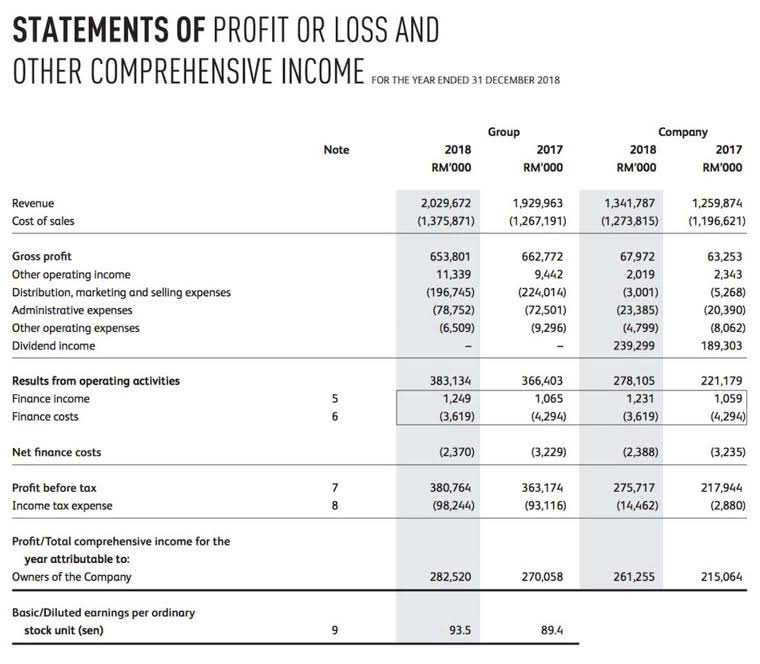A trade receivable (asset) will be recorded to represent Anushka’s right to receive $400 of cash from the customer in the future. As inventory (asset) has now been sold, it must be removed from the accounting records and a cost of sales (expense) figure recorded. The cost of this sale will be the cost of the 10 units of inventory sold which is $250 (10 units x $25). The difference between the $400 income and $250 cost of sales represents a profit of $150.
- Creating the balance sheet statement is one of the last steps in the accounting cycle, and it is done after double-entry bookkeeping.
- The 500 year-old accounting system where every transaction is recorded into at least two accounts.
- The accounting equation is so fundamental to accounting that it’s often the first concept taught in entry-level courses.
- Now, suppose the owner also borrows $5,000 from the bank, which is then deposited into their account.
Assets, Liabilities, And Equity
- A company’s resources that it owns are referred to as its assets.
- Corporate shares are easily transferable, with the current holder(s) of the stock being the owners.
- Liabilities are what it owes, and equity is the amount of the company that belongs to the business owner.
- Although Coca-Cola and your local fitness center may be as different as chalk and cheese, they do have one thing in common – and that’s their accounting equation.
- It records the assets, liabilities, and owner’s equity of a business at a specific time.
- This includes expense reports, cash flow and salary and company investments.
- The only equity is Sam’s capital (i.e., owner’s equity amounting to $100,000).
From the Statement of Stockholders’ Equity, Alphabet’s share repurchases can be seen. Their share repurchases impact both the capital and retained earnings balances. Now, suppose the owner also borrows $5,000 from the bank, which is then deposited into their account. Although Coca-Cola and your local fitness center may be as different as chalk and cheese, they do have one thing in common – and that’s their accounting equation. Cash (asset) will reduce by $10 due to Anushka using the cash belonging to the business to pay for her own personal expense.
What if any one of these elements changes?
Almost all businesses use the double-entry accounting system because, truthfully, single-entry is outdated at this point. For example, if a business signs up for accounting software, it will automatically default to double-entry. Want to learn more about recording transactions and doing accounting for your small business?
Accounting Equation’s Effects on Business Transactions
This transaction brings cash into the business and also creates a new liability called bank loan. Incorrect classification of an expense does not affect the accounting equation. For example, if one asset increases by $5,000, it’s possible that another asset will decrease by $3,000, and liabilities will increase by $2,000 simultaneously.
Salvage Value – A Complete Guide for Businesses
In that case, the company will make sure to record the transaction. There is a possibility that some of these activities will lead to business transactions. For example, the suppliers will deliver the ordered the accounting equation may be expressed as goods, and the workers will be paid for their efforts. There are many activities that are not considered to be business transactions that are carried out by businesses. The transaction that takes place as a result of an event can bring about any of the following changes to the components of the accounting equation.
This number is the sum of total earnings that were not paid to shareholders as dividends. It can be defined as the total number of dollars that a company would have left if it liquidated all of its assets and paid off all of its liabilities. As a result of this transaction, the asset (the bank) and the liability (the bank loan) both increased by $30,000. We will examine the operations of “ABC Enterprise” to show how to analyze transactions in terms of the accounting equation. The company must analyze each event to determine whether or not it has an effect on the variables that make up the accounting equation.
Accounting professionals record the economic activities of a business as transactions (business transactions). The accounting equation is applicable to all economic entities, irrespective of their size, type of business, or organizational structures for conducting business. In a double-entry accounting system, every transaction has two sides. Regardless of how the accounting equation is represented, it is important to remember that the equation must always balance. For example, if a company becomes bankrupt, its assets are sold and these funds are used to settle its debts first. Only after debts are settled are shareholders entitled to any of the company’s assets to attempt to recover their investment.
Single-entry vs. double-entry bookkeeping system
In this example, we will see how this accounting equation will transform once we consider the effects of transactions from the first month of Laura’s business. The double-entry practice ensures that the accounting equation always remains balanced, meaning that the left-side value of the equation will always match the right-side value. The term “residual equity” is frequently used to refer to the owner’s equity. This is due to the fact that ownership claims have to be paid after creditor claims. A company’s resources that it owns are referred to as its assets. For example, ABC & Co. has total assets of approximately https://www.facebook.com/BooksTimeInc/ $17.5 billion.
Debits are cash flowing into the business, while credits are cash flowing out. https://www.bookstime.com/ Assets represent the ability your business has to provide goods and services. Or in other words, it includes all things of value that are used to perform activities such as production and sales. The articles and research support materials available on this site are educational and are not intended to be investment or tax advice. All such information is provided solely for convenience purposes only and all users thereof should be guided accordingly. On 22 January, Sam Enterprises pays $9,500 cash to creditors and receives a cash discount of $500.







